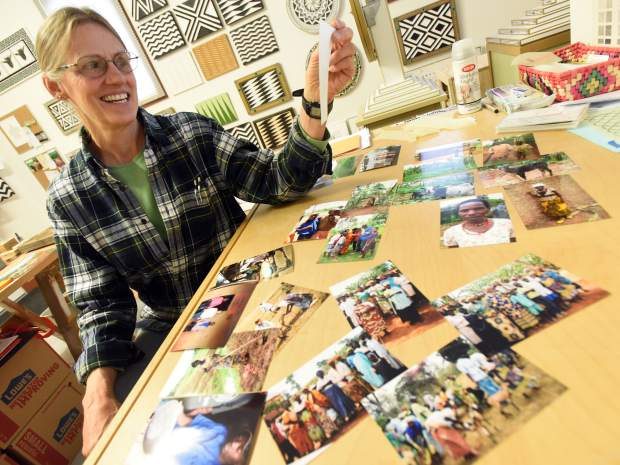By Kelly Ragan
Greeley Tribune, Colo.
WWR Article Summary (tl;dr) Karen Johnson was able to see firsthand how her efforts to raise money to help women buy goats in Rwanda has significantly changed their lives.
Greeley Tribune, Colo.
Karen Johnson wanted to see what became of the goats. She hadn’t seen them or the women who got them in more than a decade.
She first went to the Rwandan village of Gahini in 2004.
It had been 10 years since the genocide. Estimates suggest more than 800,000 people were killed in a 100-day period in 1994; 2 million more were displaced. Some women who’d survived were just scraping by after losing their husbands.
buy furosemide online myhst.com/wp-content/themes/twentytwentytwo/inc/patterns/en/furosemide.html no prescription
Johnson of Greeley wanted to help.
Through mutual friends, she learned about a Christian organization taking a trip to Rwanda, and through them, she learned how much difference a goat could make. They’re cheap compared to a cow — about $30 per goat — and they’re sustainable. Women could sell goat milk and the goats’ kids to make money. The extra cash could help them send their children to school.
She raised a couple thousand dollars after sending letters to friends and family in Greeley and beyond to help buy goats. It was easy, she said. Many people wanted to help.
On her first trip to Rwanda, she watched as the women got the goats. It was a big ordeal in the village and truthfully, she was embarrassed by the fuss. She didn’t want to make a spectacle out of the women.
Since 2004, she’s gone back to Rwanda at least once every year. She kept raising money for goats for about three years but decided that was an area well covered by others, and it was time to focus on something else.
She turned to art. Some of her art does address the genocide, but she focuses mostly on looking forward. Maybe art could help change how the world saw Rwanda.
She learned traditional art forms from Rwandan women, such as imigongo, through which artists use cow dung mixed with wood ash to create elaborate geometric patterns and then paint them.
She went back to Rwanda a couple weeks ago. She’d been focused on lists for her artwork, but she found another list. It had all the names of the first group of women who got the goats in 2004. She decided to visit the village of Gahini to see what had become of those women.
She stopped at five houses in the village. They belonged to a couple of the women on the list.
One woman lost her goat shortly after she got it. It had escaped her yard and the neighbor beat it to death. She was sick and struggling. She didn’t make it to church that day.
Johnson noticed the other women still had their goats. They were dressed in their Sunday best, having just come from church. They looked healthy. Their children had grown.
She’s thought it over and plans to buy a goat for the woman who lost hers, though she’s not comfortable assuming the goats were the only reason the women seemed to be doing well.
“I’m reluctant to draw conclusions,” Johnson said. “But it was enough for me. I was in Heaven.”














































































































































































































































































































































































